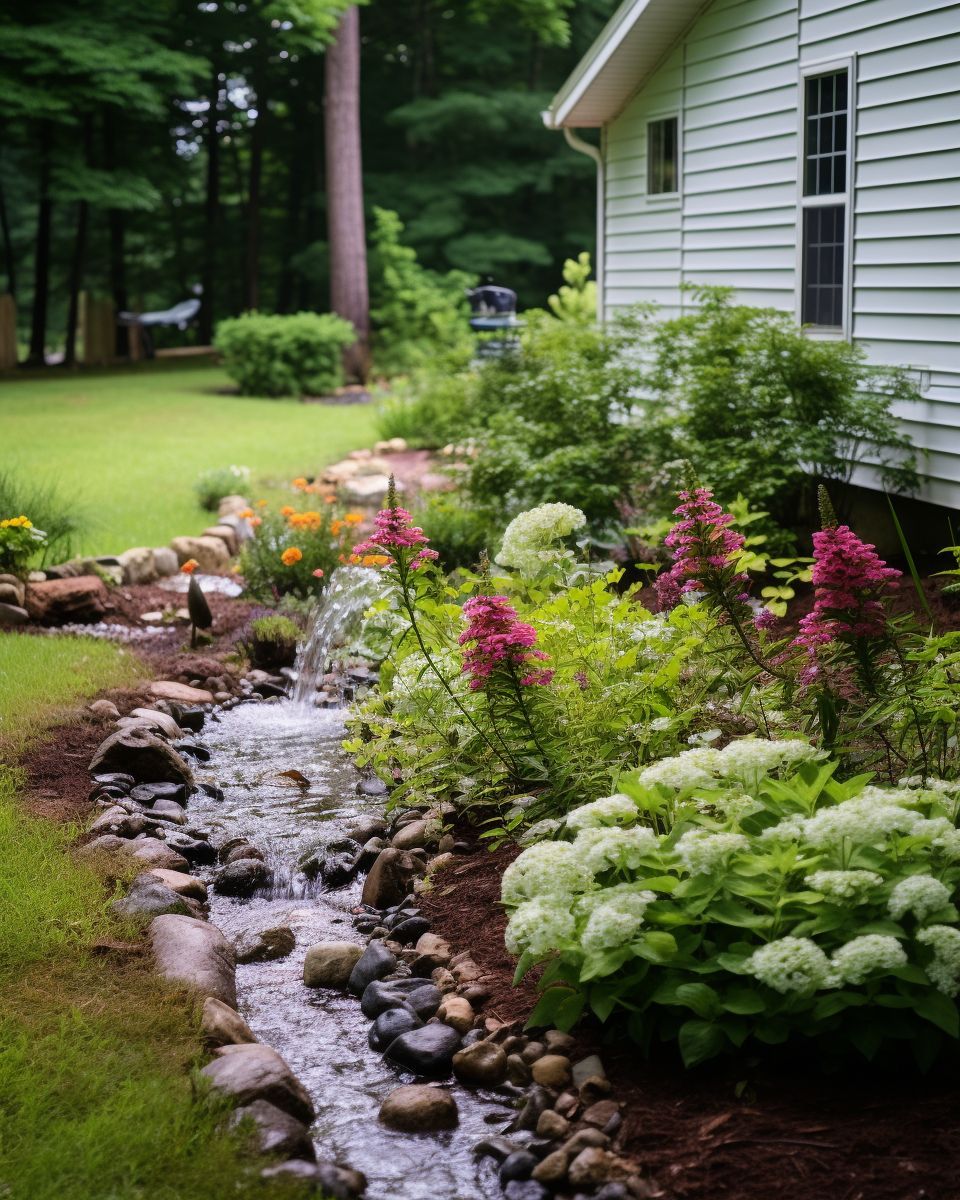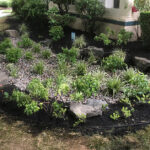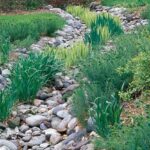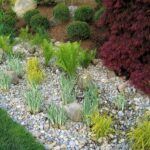Rain gardens are becoming increasingly popular as a sustainable landscaping solution for managing stormwater runoff. These gardens are designed to capture and filter rainwater, allowing it to slowly seep into the ground instead of flowing into storm drains and causing pollution in local waterways. Effective rain garden design is essential for maximizing the garden’s ability to absorb and filter water.
When designing a rain garden, the first step is to consider its location. Ideally, a rain garden should be situated in a low-lying area where water naturally collects, such as at the bottom of a slope or near a downspout. It should also be at least 10 feet away from buildings to prevent water from seeping into foundations. Proper placement is crucial for ensuring that the rain garden effectively captures and filters runoff.
The size and shape of a rain garden will depend on the amount of rainfall it needs to manage. In general, rain gardens should be at least 100 square feet in size, although larger gardens will be more effective at capturing and filtering water. The shape of the garden should be concave to promote water infiltration and retention. Incorporating gentle slopes and berms can help direct water flow and prevent erosion.
Choosing the right plants for a rain garden is essential for its success. Native plants are well-suited to rain garden environments because they are adapted to local climate and soil conditions. Deep-rooted plants, such as grasses and perennials, are particularly effective at absorbing water and preventing erosion. A mix of plant species with varying root depths and textures can add visual interest and increase the garden’s ability to filter water.
Incorporating mulch and compost into the soil of a rain garden can help improve water infiltration and nutrient retention. Mulch can also help prevent soil erosion and suppress weed growth. Additionally, installing a layer of gravel or rocks at the bottom of the garden can enhance drainage and prevent water from pooling. Proper soil preparation is essential for creating a healthy and thriving rain garden.
Maintenance is key to ensuring the long-term success of a rain garden. Regular weeding, pruning, and mulching will help keep the garden healthy and attractive. It is also important to monitor the garden’s water levels and make adjustments as needed to prevent flooding or drought. With proper design and care, rain gardens can be an effective and environmentally-friendly solution for managing stormwater runoff.










